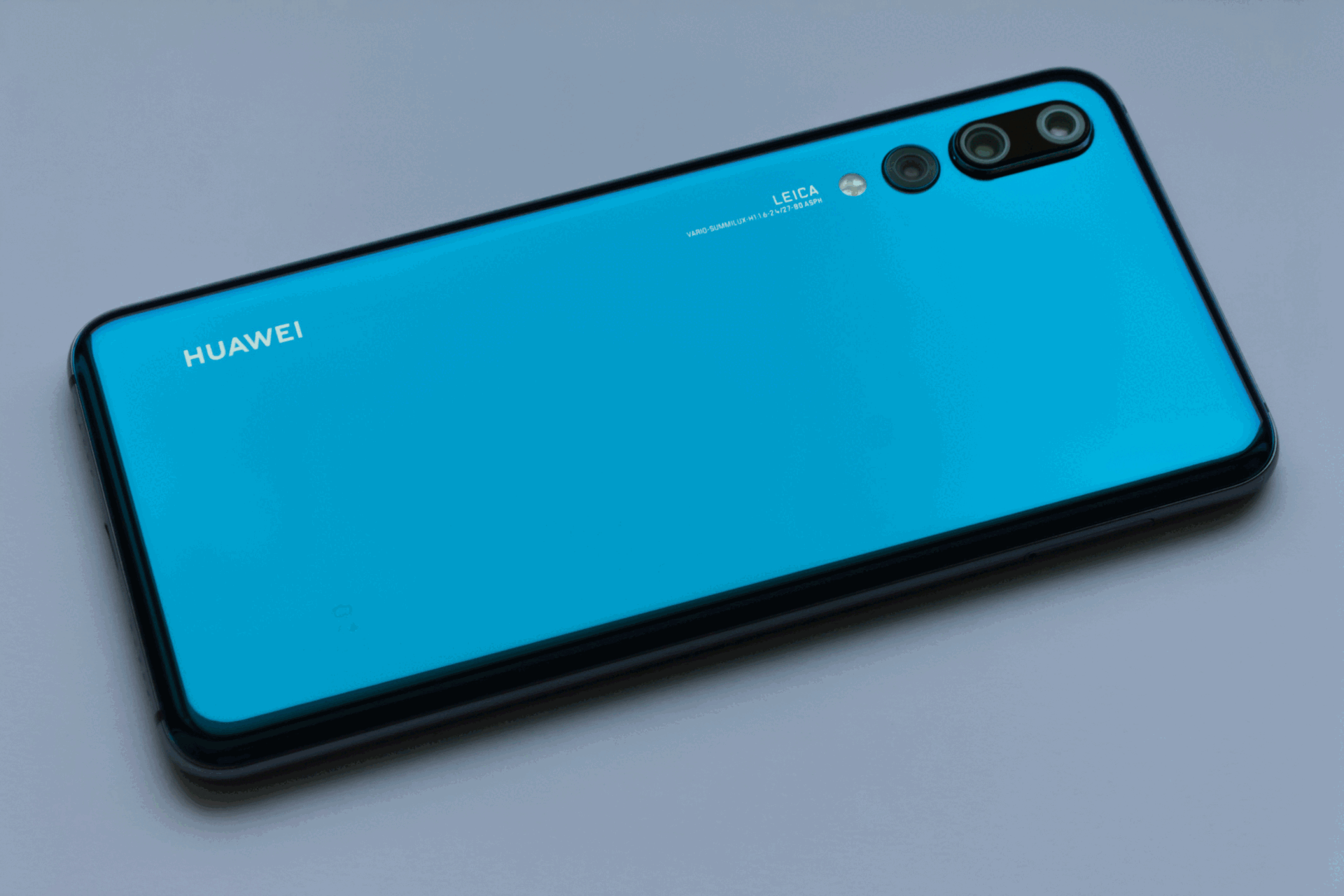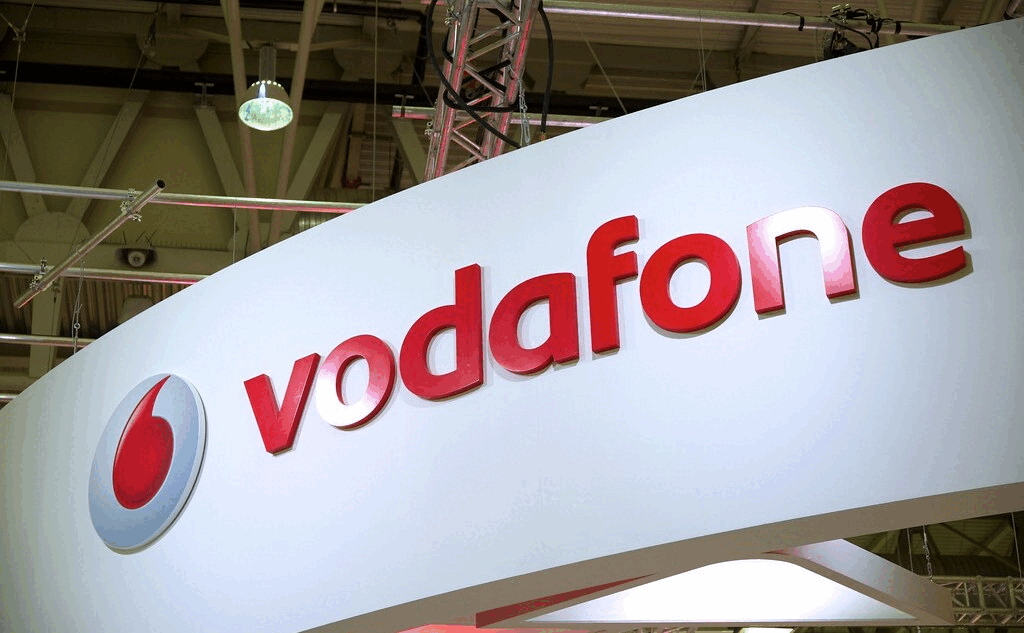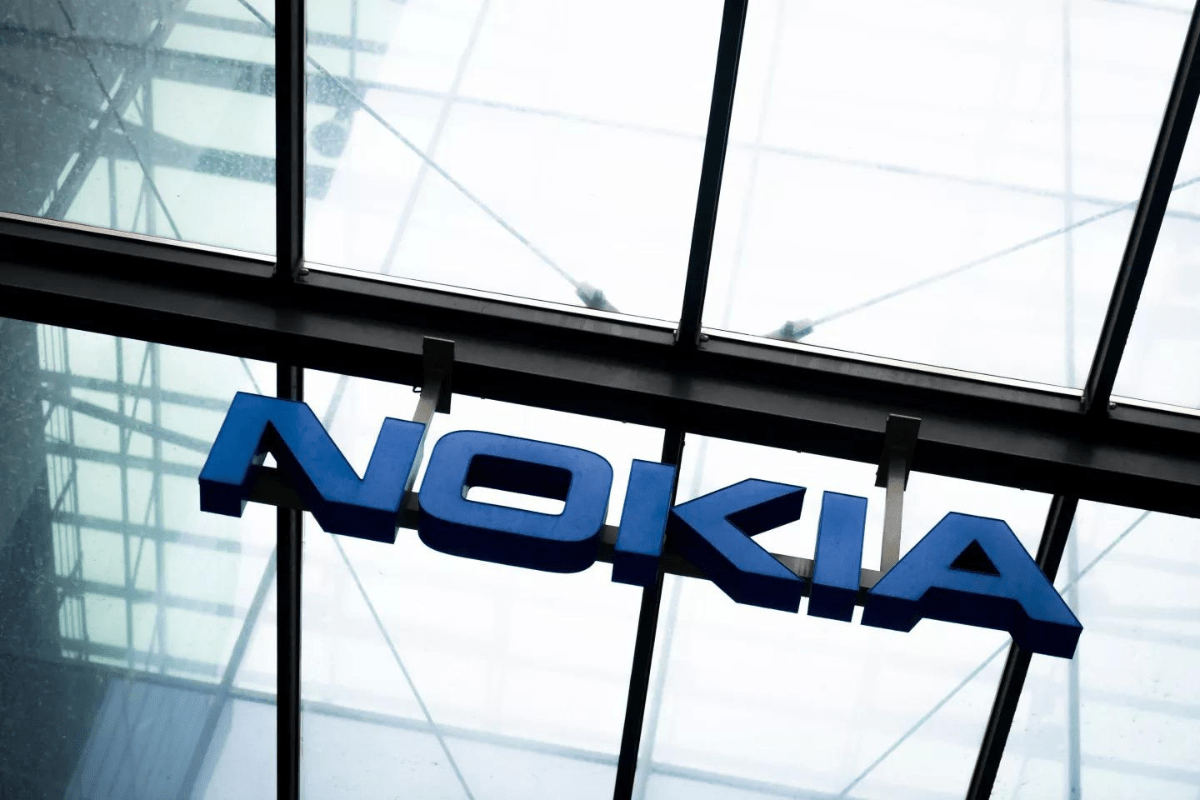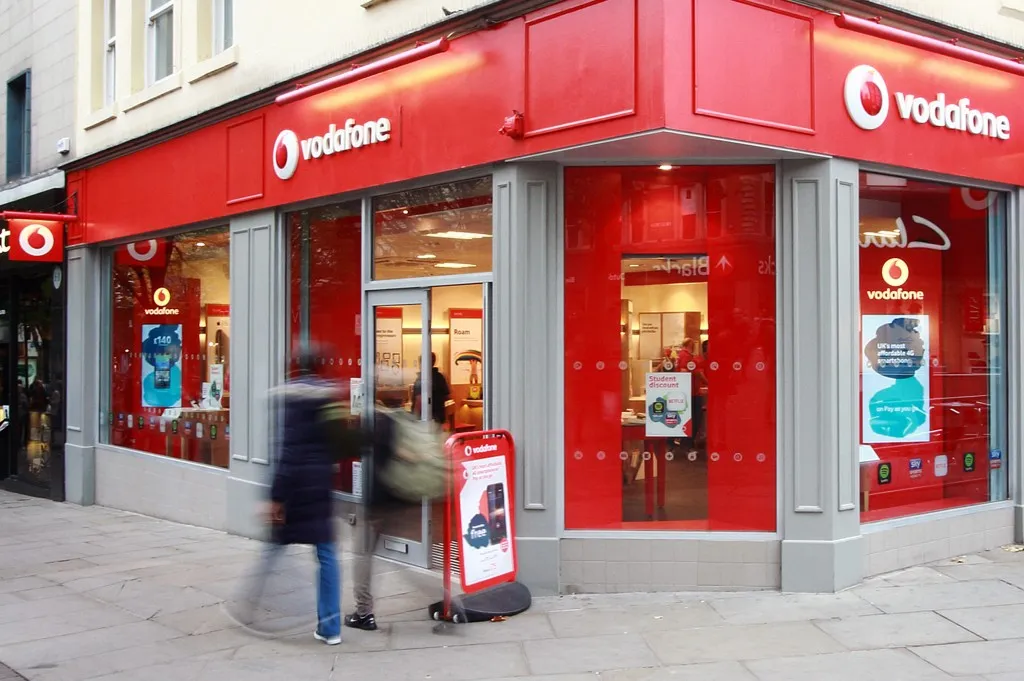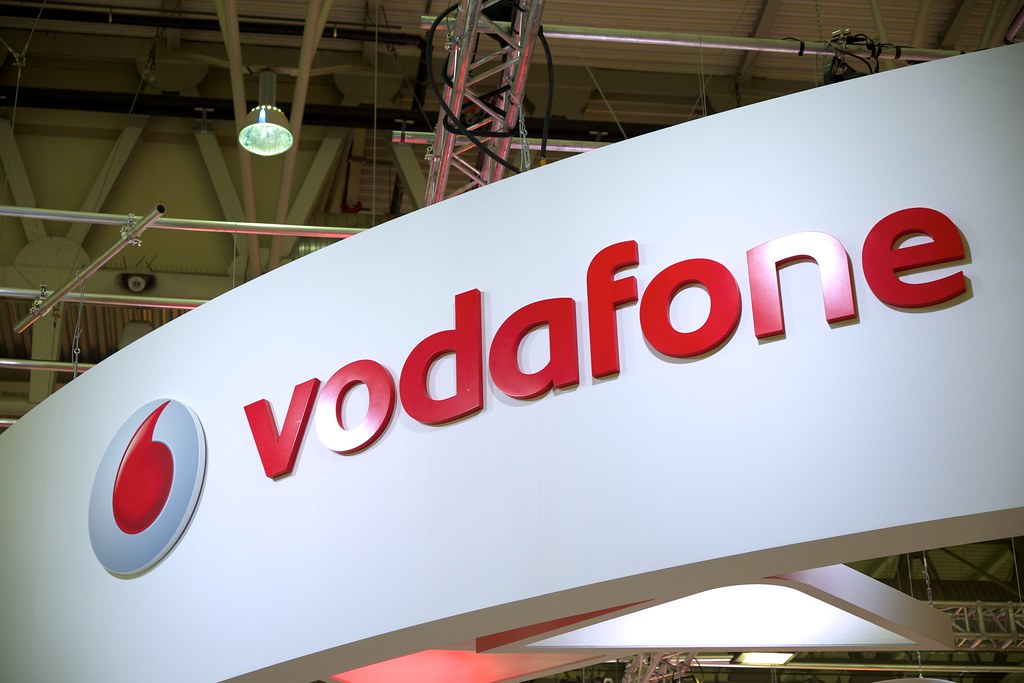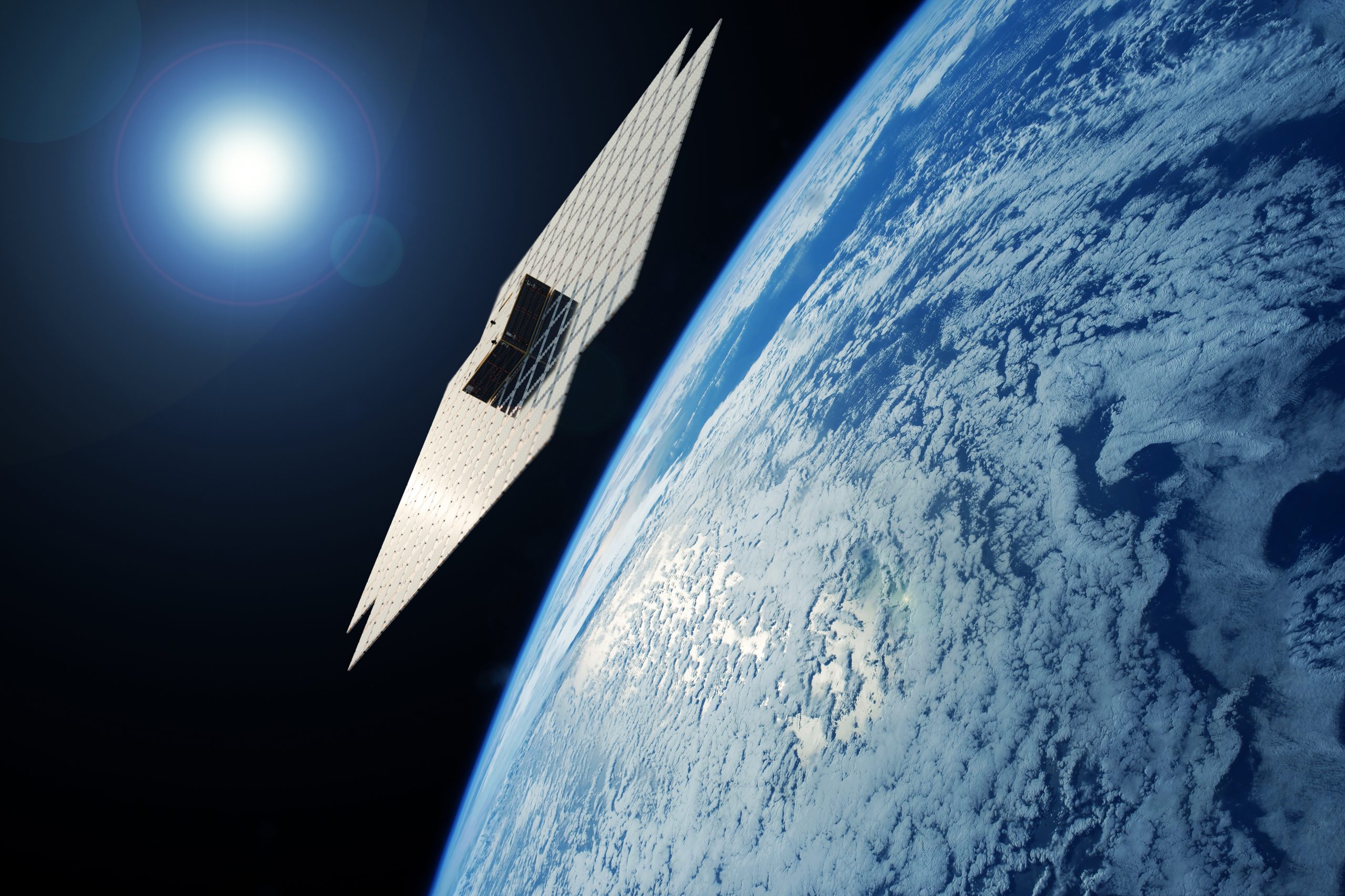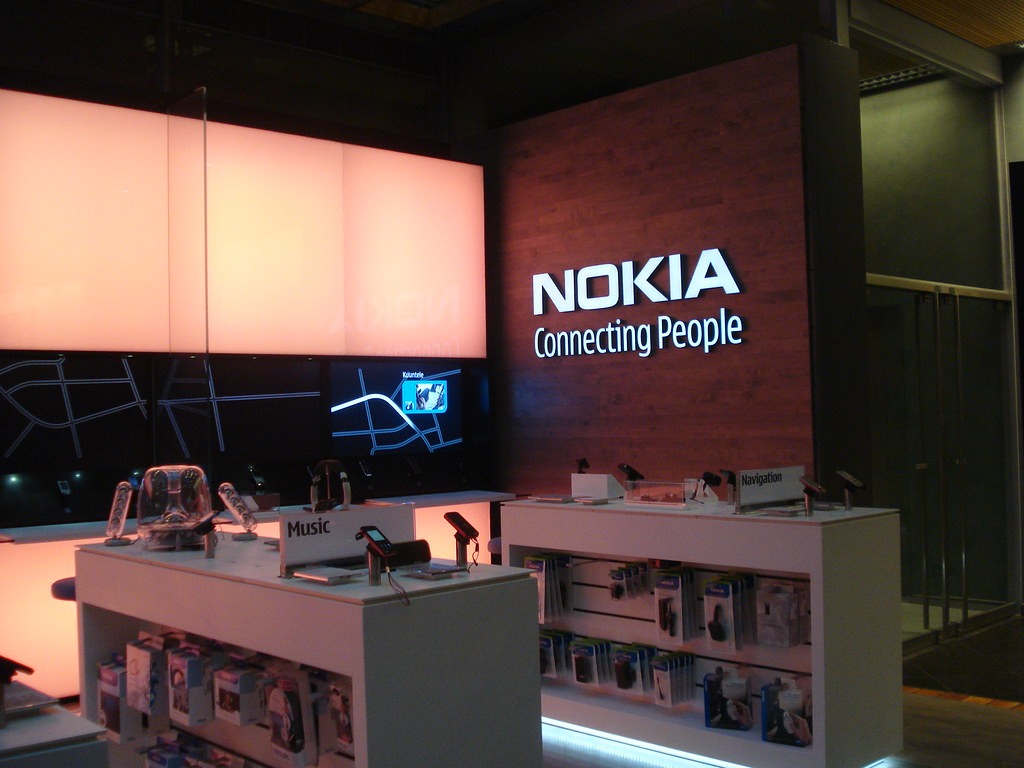Sr. Pago Launches Smartphone Reader and Card System
- Monday, June 9th, 2014
- Share this article:
 Mexican mobile point of sale (mPOS) company Sr. Pago has launched a service combining a smartphone chip credit card reader with a debit card that can be reloaded with payments accepted through the card reader. The Sr. Pago Card System aims to offer secure card payments to individuals and small businesses in Mexico that have traditionally been underserved by existing banking services.
Mexican mobile point of sale (mPOS) company Sr. Pago has launched a service combining a smartphone chip credit card reader with a debit card that can be reloaded with payments accepted through the card reader. The Sr. Pago Card System aims to offer secure card payments to individuals and small businesses in Mexico that have traditionally been underserved by existing banking services.
The system, provided in conjunction with MasterCard and Te Creemos, aims to enable customers to accept card payments using the smartphone card reader, then transfer that money to the debit card, which will be usable worldwide. The card reader is able to process traditional magnetic strip cards along with chip-based cards, making it a versatile system for accepting payments.
“In Mexico as well as numerous other countries, an informal cash-based financial ecosystem comprises much of the national economy,” said Pablo González Vargas, CEO of Sr. Pago. “For a variety of reasons, people are either forced or choose to be unbanked. at St. Pago, we are addressing this market and empowering individuals and small businesses to have banking related services without having a bank account.”
The St. Pago Card System will be offered at Best Buy and other large retailers throughout Mexico as well as online via the companys website. It will cost approximately $50 (£30) and feature transaction fees comparable to other mPOS services.
“The significant growth of smartphone penetration throughout the world, the inaccessibility of banking services in emerging markets and the increasing use of debit card make the Sr. Pago Card combo a great opportunity for micro merchants and independent professionals,” said Guillermo Escobar, vice-president of acceptance & acquirer relations at MasterCard Mexico and Central America. “Were pleased to know that Sr. Pago is bringing banking services to the underserved, and we look forward to extending this service to other countries after this initial launch.”






